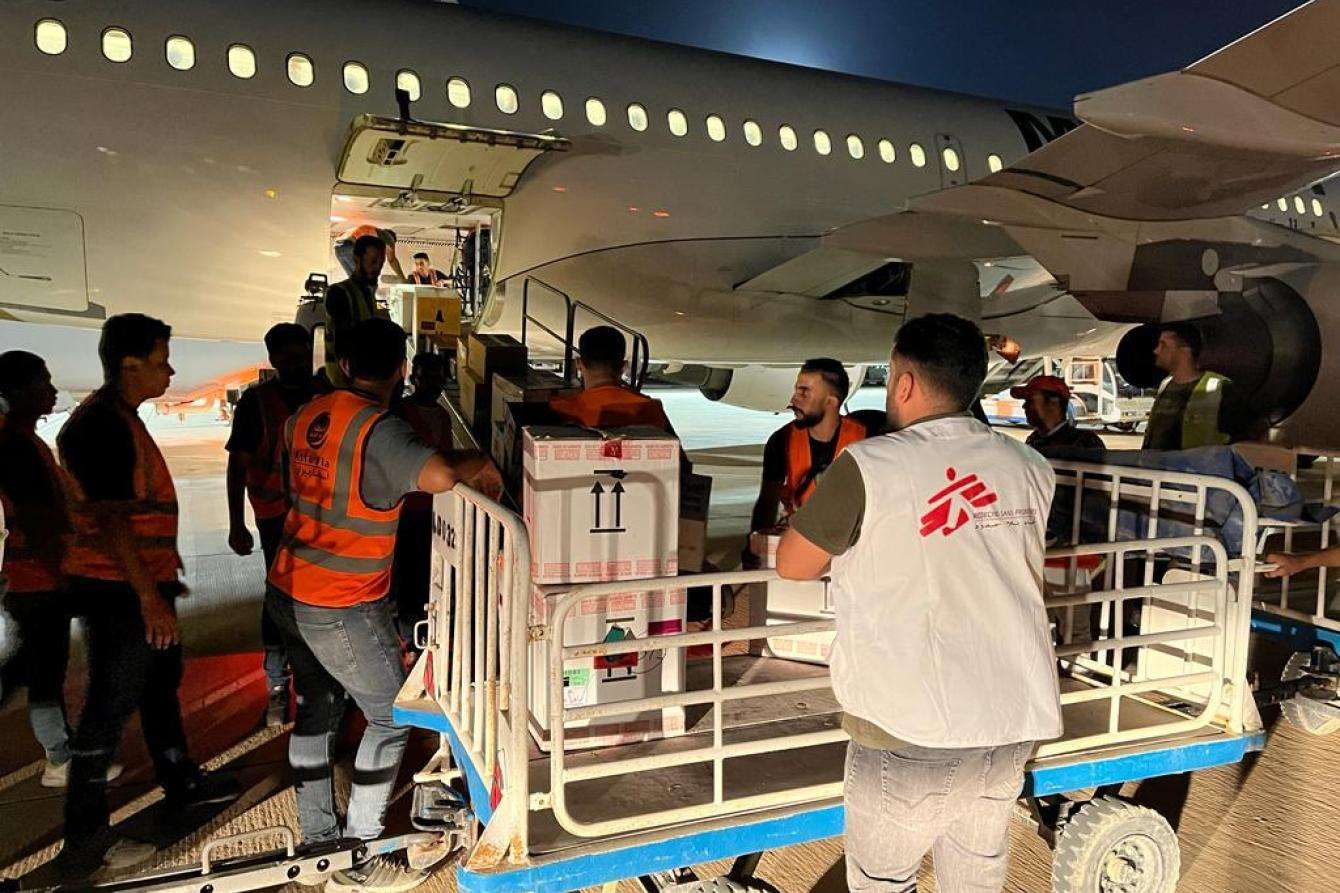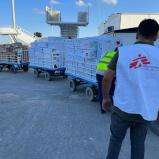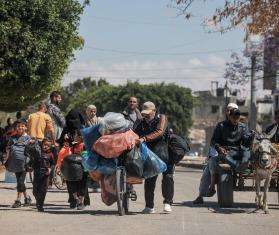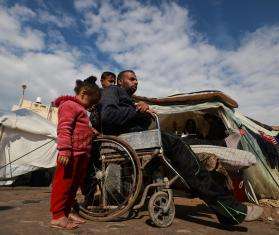On September 10, Storm Daniel made landfall in Libya, causing severe weather conditions, including strong winds and sudden heavy rainfall affecting several northeastern areas of the country. Derna, a port city in eastern Libya, was the worst hit after two dams burst, resulting in thousands of deaths. According to UNOCHA and the International Organization for Migration, over 5,000 people have reportedly died, while more than 10,000 others remain missing and more than 33,000 are displaced following the devastating floods.
One week later, Derna remains difficult to access. Roads are damaged, the city is split in two, and nearby airports can only be reached through congested highways. Doctors Without Borders/Médecins Sans Frontières (MSF) is preparing a coordinated response with the Ministry of Health, including mobile clinics and water and sanitation efforts.

With search and rescue operations over, the focus has shifted to coordinating relief distribution. Local medical workers from Tripoli and other cities are backing up Derna's damaged health centers. Many displaced people are temporarily sheltering in schools or with family in Derna or other cities like Benghazi. Telecommunications remain unreliable, with phone and internet networks still damaged.
Key medical needs include bolstering primary care facilities, providing mental health support, and assessing drinking water safety, as sewer systems were also flooded. Here, MSF medical coordinator Manoelle Carton describes the situation in Derna and Susah.

What has MSF done so far?
On Monday, September 18, we went to one of the places in Derna supported by the Libyan Red Crescent and we conducted medical consultations. There are still some medical doctors from Tripoli who came to Derna to support local health staff. In one place we visited two days ago, there were 44 displaced families; today there are only 13 families. All the others left for Benghazi. Those who remain are those who don’t want to leave the city.
How does MSF plan to respond?
We are finalizing our assessment of the medical and humanitarian needs and getting ready to start operating. The proposal we presented to the Libyan Ministry of Health has been approved; now we will start activities as soon as possible. Some MSF team members will arrive in Derna in the coming hours. As the city was literally split in two by the floods, our teams will fully support two primary health care centers on both sides of Derna—one on the east side of the city, the other on the west.
We will also support another health center and focus on chronic diseases and mental health care. We will also run mobile clinics providing mental health care in sites where displaced people are staying. We plan to provide water and sanitation services. Our water and sanitation specialists will also do a comprehensive assessment together with other organizations on the ground.

Libya: MSF emergency teams assess needs in Storm Daniel aftermath
Read moreWhat is the situation in Derna one week after Storm Daniel?
In Derna, things are now quieter compared to the chaotic situation we found a few days ago, in the first days following the storm. There are now far fewer cars and people in the streets; some volunteers may have already left the city; and the families who were seeking survivors have given up. The chaos of all the aid organizations and volunteers has decreased a lot. Now it feels more like the quiet after the storm. Small things in the city are coming back. You see more small shops open, and the city is changing, and I'm sure it will continue to change.
What about other cities in the area?
Over the weekend, we went to Susah and other cities surrounding Derna to assess the situation. In Susah, there were around 20,000 inhabitants before the floods. The city was also damaged—to a lesser extent than Derna, but some parts have major damage. From the medical point of view, in Susah, as in Derna, there is a need for medical support in terms of mental health care and ongoing treatment of chronic diseases.




